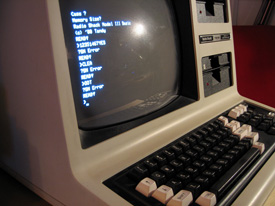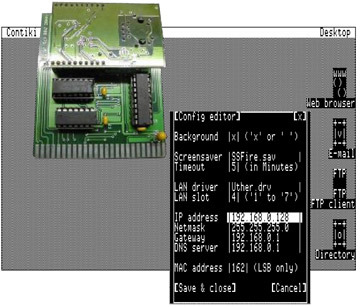For the past week or so I have had basically no connectivity via my normally blazing fast Comcast internet connection. It’s up for brief moments, but that’s it. It’s rather unfortunate as Arnold Kim and I are trying hard to make Touch Arcade the end-all reader destination for iPhone gaming news. But it’s turned into a bit of an academic evaluation of my life as a hardcore geek.
I have been using the net more than casually for, well, ever. I had a home PPP connection back in 1994. That was early. In 1997 I had my first high-speed internet connection. Since then it’s been more or less golden at home. Well, the net has eluded me in my home for the past few days.
And I just can’t cope.
A while ago I embraced Facebook and it’s gotten me in touch with schoolmates I’ve not spoken with in 15 years. Lovely. More recently I have embraced Twitter and a few other social networking services as part of my daily routine. Without the net, my inability to “tweet” my latest inconsequential event has left me feeling utterly…out of my element. I have come to realize I am more dependent than I have ever in my life been on technology. And I don’t apologize for it. I warmly welcome the fact that I need to tweet about how a drink I’ve never ordered at Starbucks before tastes. I do not apologize for the fact that I need to post iPhone game news on my new site Touch Arcade late into the night.
The lack of immediate web access makes me realize that–yes, what I most want is a discreet, headset HUD and a chorded keyboard ball to finger on the streets as I walk about my daily life–a daily life that now is rather fully tied to the web. Am I an internet addict? Perhaps. Is everyone else a “talking addict?” It’s really the same question.
I hope the Comcast tech scheduled to visit me early on Friday morning can ease my pain. Else…what am I to do?


